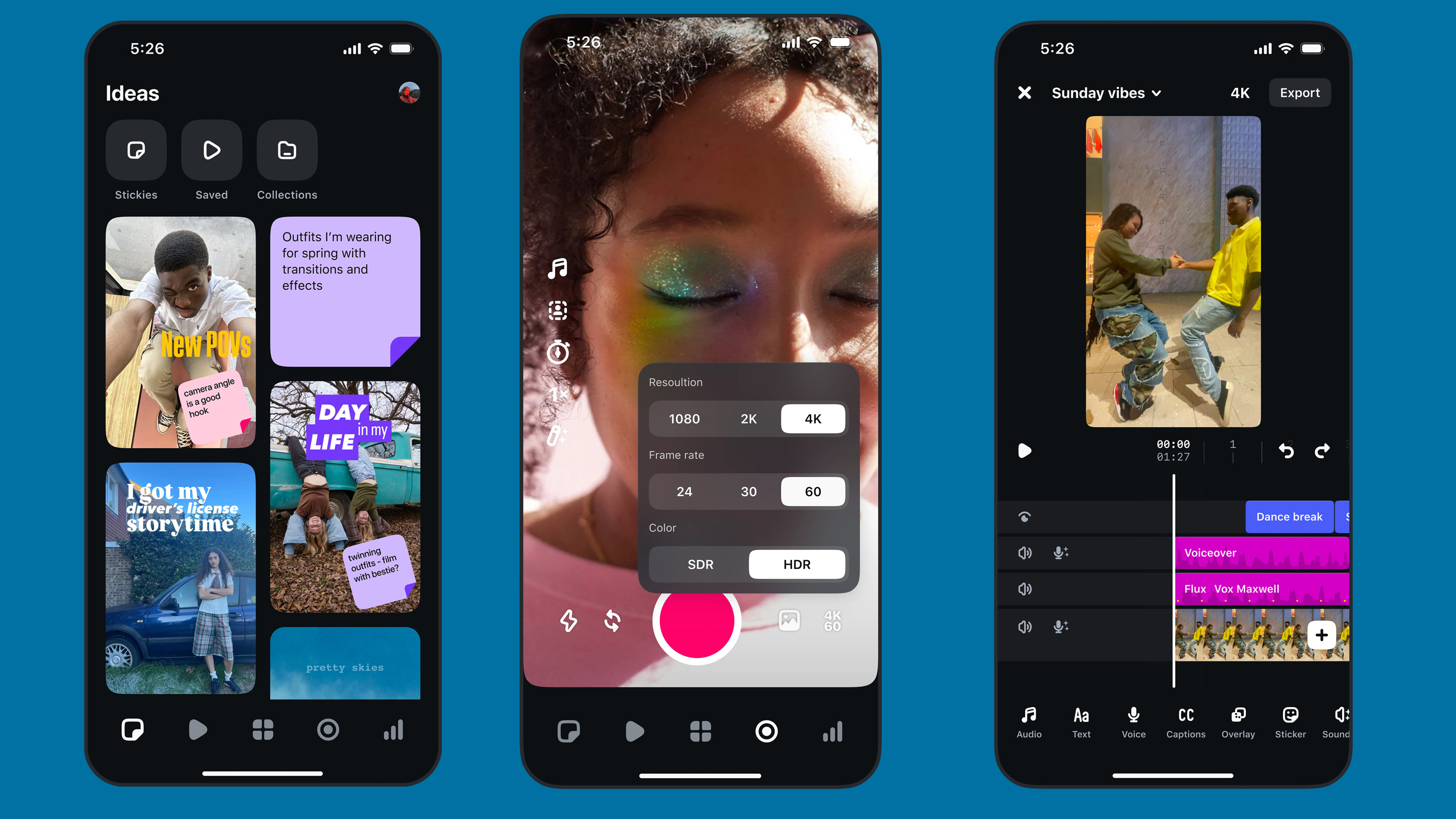One of Nikon's "most famous and remarkable lenses ever made" is up for auction
If you hurry, you can bid on Nikon's lens that sees behind itself – the Fisheye-Nikkor 2.8/6mm Auto 220°
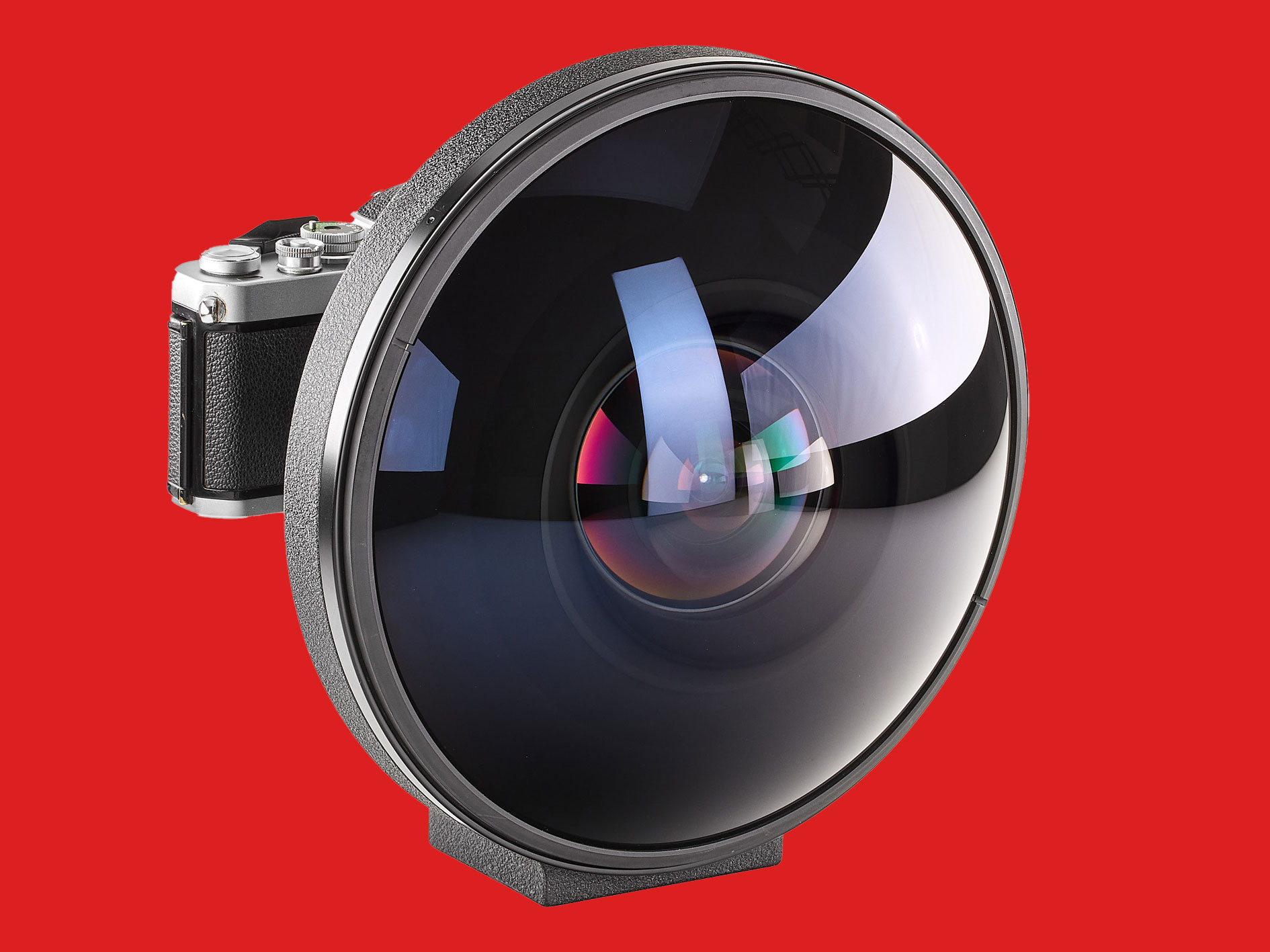
Enthusiasts and collectors have a chance to own a piece of history today, as a rare Nikon Fisheye-Nikkor 2.8/6mm Auto 220° lens is up for auction at Leitz Photographica.
Perhaps the best fisheye lens ever (and certainly the most storied), the model was introduced in 1972 and is one of “the most famous and remarkable lenses ever made”, with a massive field of view of 220° while maintaining a speed of f/2.8.
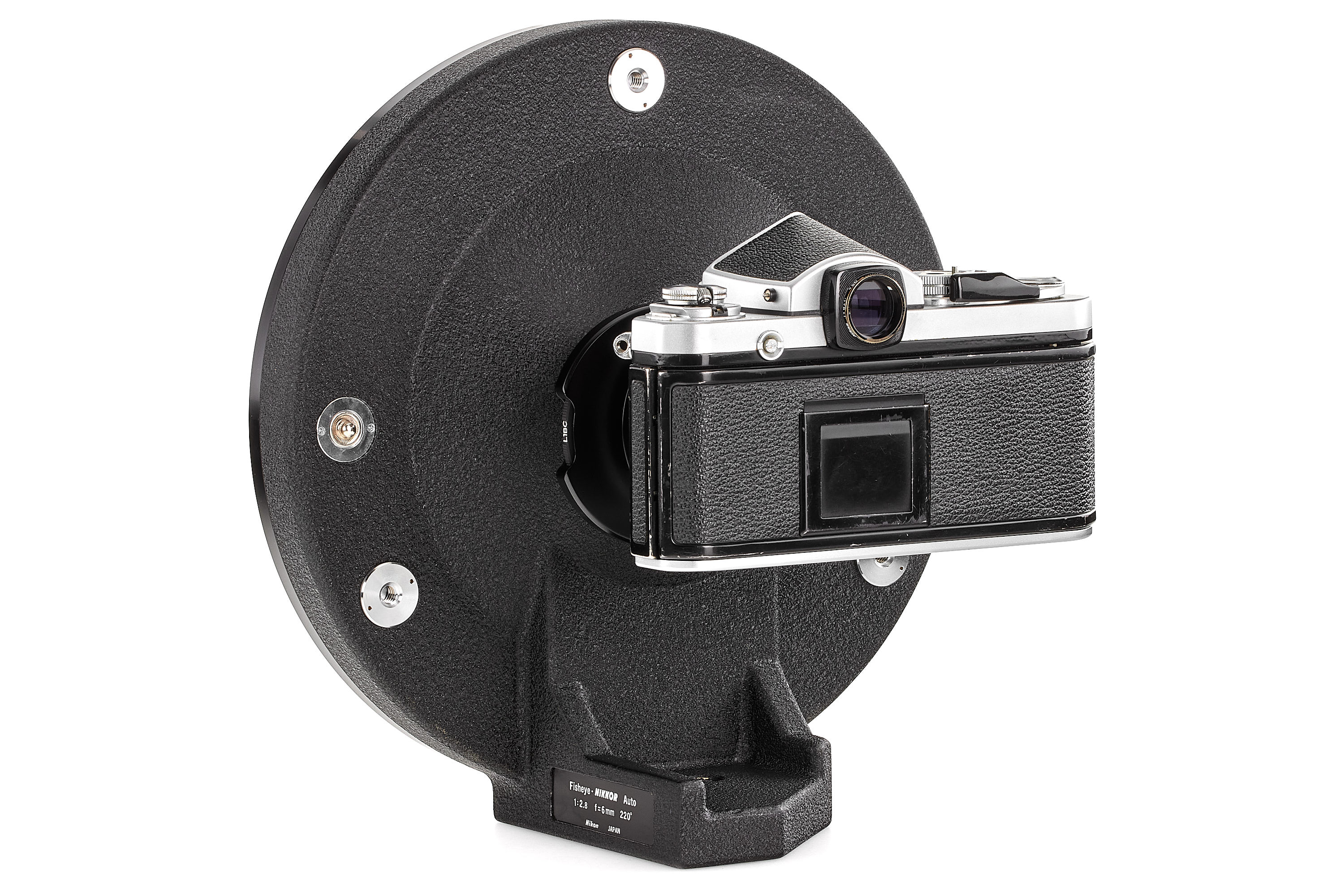
Only made by special request, it’s thought that only 200 were ever made, and the one up for sale here was manufactured in 1990.
Leitz Photographica Auction says: “The example we have the pleasure to offer is a very late AI version, the latest serial number known is no.629436, it is in beautiful, absolute mint condition, with clean and clear optics.
“Together with a special leather front cap, rear cap, original metal carrying case and Nikon F2 no.8020198. The Fisheye-Nikkor 2.8/6mm is a legendary lens rarely offered for sale. It is an extraordinary opportunity to find one in this good condition.”
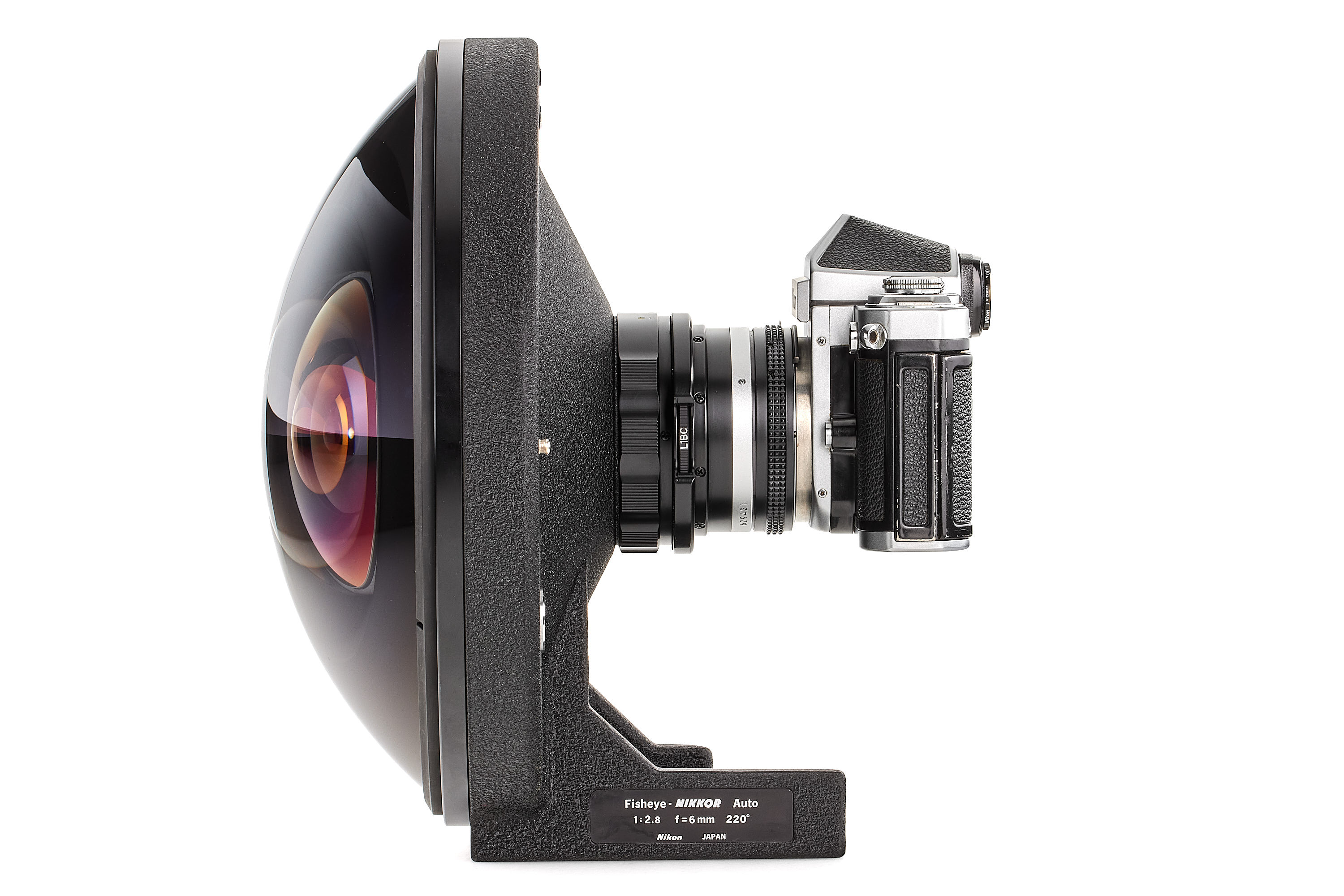
The lens currently has six bids, with the current bid standing at €65,000 (around $67,700 / £54,100 / AU$104,200), and is estimated to reach between up to €90,000 ($93,700 / £74,900 / AU$144,300).
Despite that estimate, a 1981 version of the lens appeared on eBay last year for $146,000 / £116,600 / AU$224,700) after it failed to sell at the 2022 Leitz Photographica Auction. There appear to be at least three different versions of the lens – the original Nikkor Auto released in 1972, the AI from 1977, and the AI-S version from 1982 – and the model in addition to its condition seem to heavily dictate the expected value.
Get the Digital Camera World Newsletter
The best camera deals, reviews, product advice, and unmissable photography news, direct to your inbox!
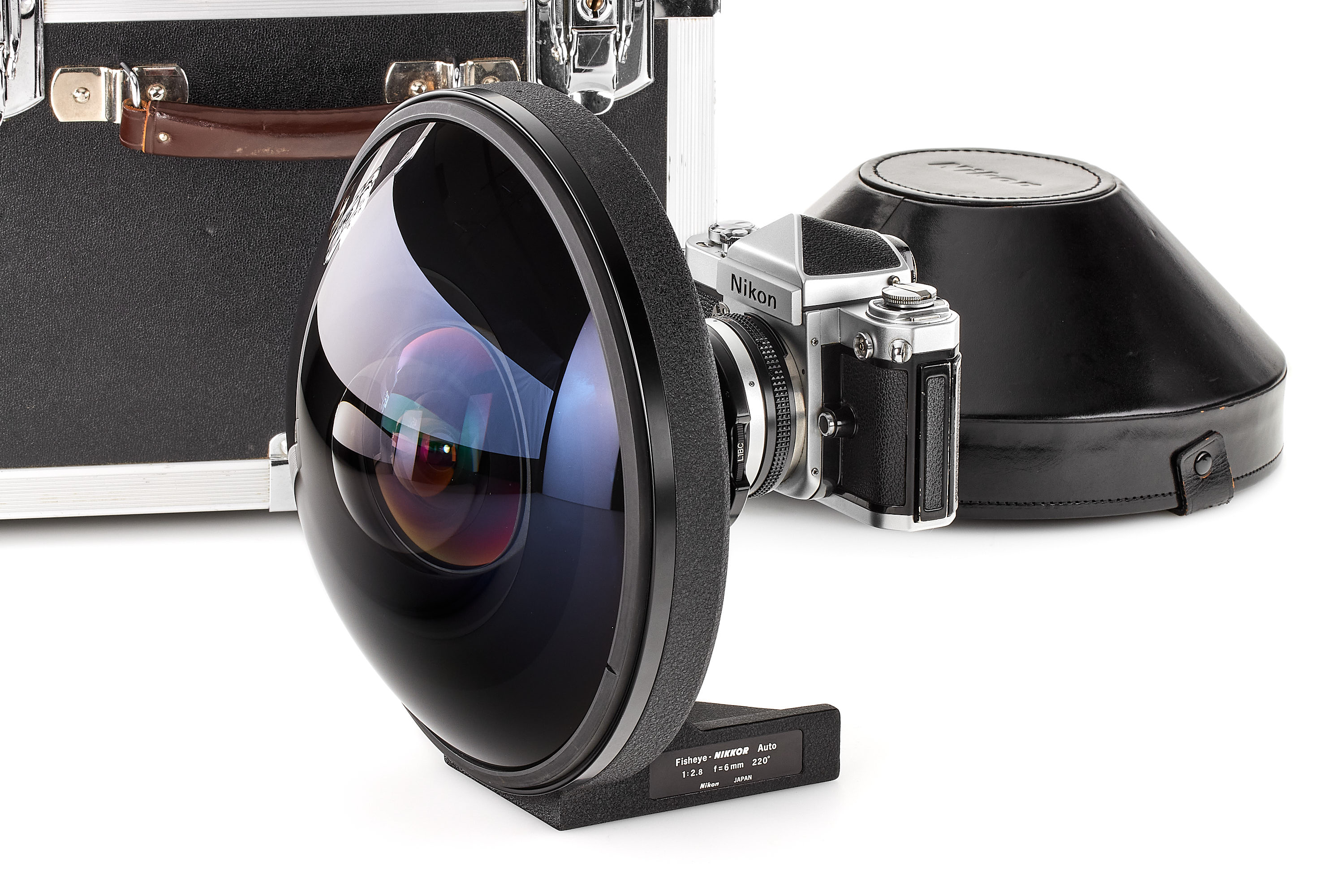
With its 220° circular coverage, the 6mm f/2.8 Fisheye-Nikkor can essentially see behind itself, and these lenses were originally developed for special scientific and industrial purposes where wider than 180° was required.
It was used for surveillance work, photographing the interiors of pipes, boilers, conduits, cylinder bores and other constricted areas, becoming popular in advertising and commercial photography for its ability to create dramatic effects.
Like vintage lenses? Take a look out our guides to the best retro cameras, and the best Nikon lenses.
With Black Friday around the corner why not snap up a steal with the best Black Friday camera deals, and the best Nikon Black Friday deals.
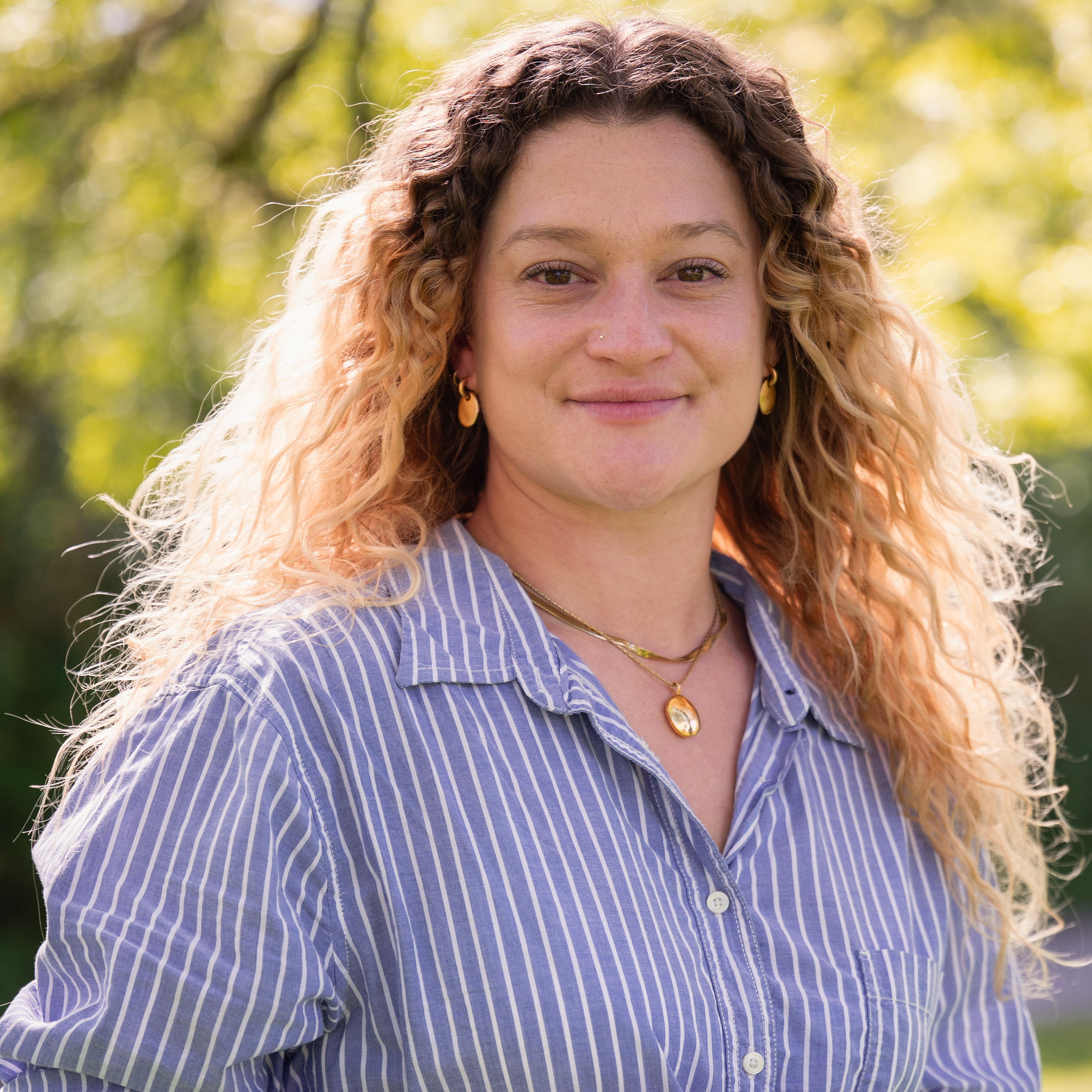
After graduating from Cardiff University with an Master's Degree in Journalism, Media and Communications Leonie developed a love of photography after taking a year out to travel around the world.
While visiting countries such as Mongolia, Kazakhstan, Bangladesh and Ukraine with her trusty Nikon, Leonie learned how to capture the beauty of these inspiring places, and her photography has accompanied her various freelance travel features.
As well as travel photography Leonie also has a passion for wildlife photography both in the UK and abroad.
